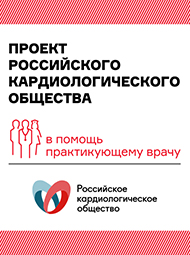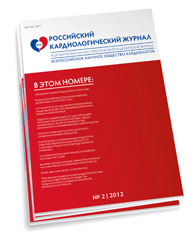Gestational Diabetes May Signal Future Risk
Women with gestational diabetes who have a cluster of symptoms typical of metabolic syndrome are more likely to go on to develop diabetes over 10 years, researchers found.
In a prospective case-control study, these women had a nearly seven-fold increased risk of developing the condition during that time span, compared with women who'd had gestational diabetes but with fewer of the hallmark symptoms (OR 6.75, 95% CI 2.0-22.7, P=0.002), Anne Barden, MD, of the University of Western Australia in Perth, and colleagues reported in the Nature journal Nutrition & Diabetes.
"Our data suggest that in spite of the hormonal effects of pregnancy, measurement of traditional cardiovascular disease risk factors in conjunction with a detailed family history in pregnant women with gestational diabetes may offer better opportunities to identify women with diabetes mellitus who are at increased risk of subsequent diabetes and cardiovascular disease," they wrote.
Barden and colleagues said the findings provide an opportunity to focus on rigorous lifestyle interventions after delivery to reduce the burden of diabetes in this population.
For their prospective case-control study, the researchers enrolled 150 overweight women with gestational diabetes and 72 overweight women who had normal glucose tolerance. They assessed cardiometabolic risk factors including body mass index (BMI), systolic blood pressure, fasting glucose, insulin, triglycerides, and high-density lipoprotein (HDL) cholesterol at 28 weeks' gestation and at 6 months and 10 years after pregnancy.
They conducted a cluster analysis of cardiometabolic risk factors in pregnancy and used that to stratify patients with gestational diabetes as high or low risk for diabetes and cardiovascular disease at 10 years.
Overall, 35% of women with gestational diabetes fell into a high-risk cluster with elevated BMI, systolic blood pressure, glucose, insulin, and triglycerides, and lower HDL levels during pregnancy. Those markers remained the same 6 months after pregnancy compared with the low-risk group, the researchers said.
At 10 years, type 2 diabetes was reported more frequently in the high-risk cluster than in the low-risk cluster (38.6% versus 6.2%, P=0.001), and further analyses revealed nearly a seven-fold higher risk of type 2 diabetes at that time in the high-risk gestational diabetes group than those who were ranked low risk.
The researchers noted that the high-risk cluster tended to be younger, less educated, and had a stronger family history of diabetes than those in the low-risk group, but the risks remained the same at all time points after adjusting for these potential confounders.
Barden and colleagues also found that being in the high-risk cluster predicted type 2 diabetes better than having a fasting glucose over 5.5 mmol/L (OR 4.56, 95% CI 1.50 to 13.85, P=0.007) and better than having a BMI over 30 -- although the latter was not significant to begin with.
Indeed, the researchers said that an efficient model to classify high-risk women with gestational diabetes would involve having any four of the major cardiometabolic risk factors, which predicted outcomes with an 88.7% sensitivity and a 95.9% specificity.
They concluded that this "simple formula ... should significantly aid clinicians in identification of those women who should be targeted for intervention after pregnancy."
Source: www.medpagetoday.com






